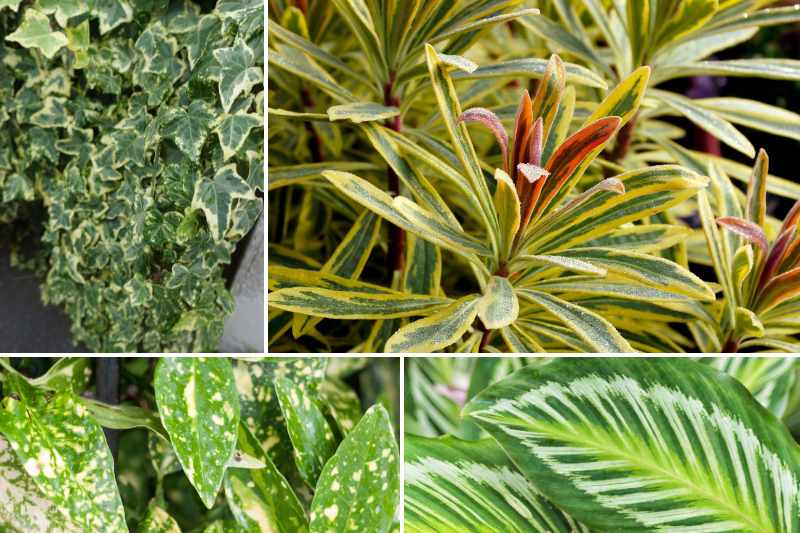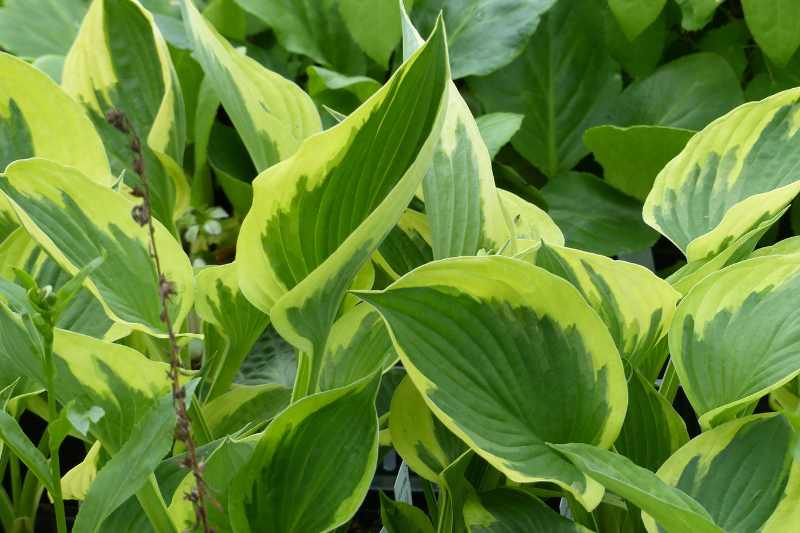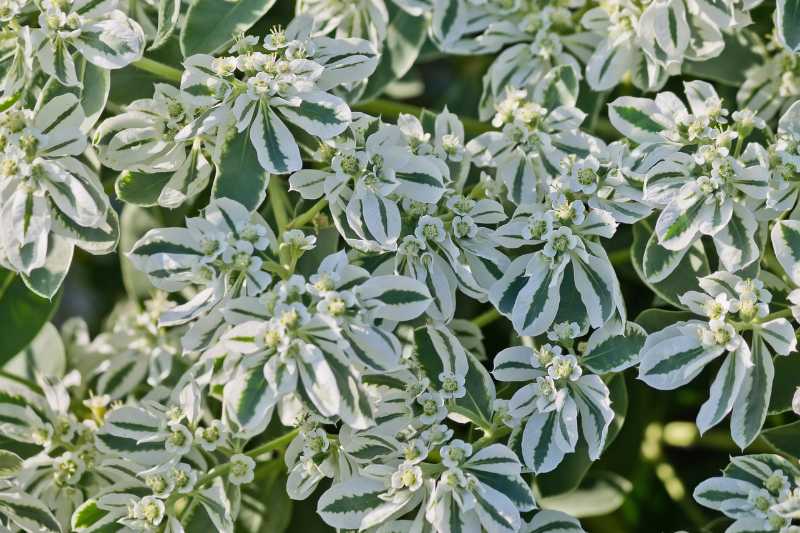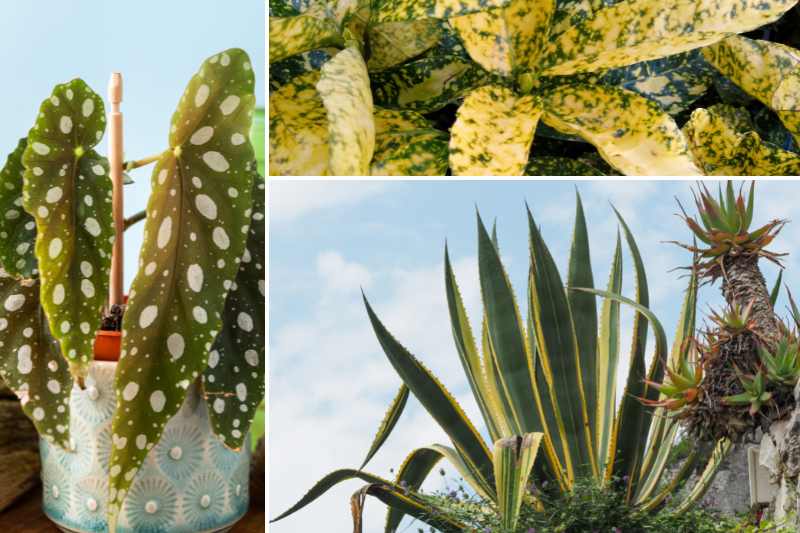We love variegated foliage... or not. But in any case, it never fails to leave gardeners indifferent. You can find perennials, trees or shrubs with variegated or marbled foliage in white, cream, yellow, or another colour... Sometimes simply marginate, sometimes almost entirely devoid of green... But the question we are asking today is: what causes this foliage or another part of the plant to become bicoloured or multicoloured?

What is a variegated foliage?
We refer to variegation when a part of a leaf, flower, or even fruit appears "discoloured." These discoloured parts are completely or partially devoid of chlorophyll, the pigment that gives the green colour and enables photosynthesis.
It is important to know that a green leaf contains chlorophyll (we should even say chlorophylls, as there are several types), but also a certain amount of other pigments that are more or less hidden: carotin, xanthophyll, anthocyanin... When chlorophyll disappears, the other pigments become visible. This is what gives the yellow, orange, red, or brown colours of leaves in autumn when chlorophyll naturally fades. For variegations, it works on a similar principle, except that it is not the decrease in light that causes chlorophyll to disappear, but other reasons. When chlorophyll partially disappears, we end up with white, cream, yellow... and sometimes even pink or red spots.

Where do these variegations come from?
Variegations in a leaf can arise from various causes:
The most common case is mutation-induced variegation. A young seedling or part of a plant mutates and suddenly becomes variegated. Since the variegation is not stable, and therefore not sexually reproducible, these plants should be propagated vegetatively (cuttings, layering, grafting). Be on the lookout for such mutations in your own garden. You never know, you might obtain a remarkable new variety.
Variegations can also be caused by a virus. This is rarer, but it does happen. A benign virus infects the plant, which in response produces variegated parts (leaves, flowers, fruits). This is the case with most variegated-leaved Hibiscus, such as Hibiscus 'Summer Ruffle', or with bicoloured tulip varieties;
Finally, some variegations are entirely natural. Indeed, certain plant species have evolved to develop variegated or punctate parts. Botanists do not have explanations for all these species. However, it can be said that the natural variegation of certain species is a defence mechanism, as seen in Hypoestes which produce leaves speckled with small dots or in Adelonema walisii which reveals very variegated leaves of yellow-cream. The former gives the illusion that the plant has already been eaten by an insect, while the latter is camouflaged in the decor to avoid being browsed by herbivores. Some species may also use variegations to more effectively attract pollinators, as seen in Euphorbia marginata.

But is it serious, doctor?
As mentioned, even if variegation is caused by a virus, this virus is completely benign. However, having a low chlorophyll content within a leaf can lead to reduced vigour. In other words, a variegated variety will often grow a little slower than its green-leaved counterpart. But don’t let that stop you from planting them!
One small note, however: some variegated mutations are so low in chlorophyll that it would be impossible to propagate them by cuttings, as the cutting would not have enough energy to produce roots. These mutations are therefore propagated by grafting (which significantly increases the purchase price).
A bit of botany
We find Latin terminologies in some species names or the names of old variegated varieties such as: variegata, marginata, pulverulenta...
- Variegata for variegation: meaning variegated, as in Cornus controversa 'Variegata';
- Maculata: meaning maculate, thus a large coloured spot, as in Phlox maculata or Begonia maculata;
- Marginata: meaning marginate, thus bordered by a fine coloured band, as in Agave angustifolia 'Marginata';
- Striata : meaning striate or marbled, thus marked by coloured bands of varying widths, as in Bletilla striata;
- Punctata : meaning punctate, thus sprinkled with small coloured dots or spots, as in Lysimachia punctata;
- Pulverulenta : meaning it seems to have been sprinkled with a lighter substance, as in Catalpa speciosa 'Pulverulenta';
- Reticulata : which colouring follows the pattern of the veins, as in Iris reticulata;
- Crotonifolia : with Croton-like leaves (a famous houseplant - Codiaeum variegatum), thus exhibiting irregular discolouration, as in Aucuba japonica 'Crotonifolia'.

Did you know? Since 1956, breeders have not been able to use Latin to name new varieties and cultivars. The choice has mainly fallen on the English language, although exceptions exist. This is why we find words like 'Gold', 'Silver', 'Rainbow', 'Cream'... in the names of plant varieties featuring variegations.































Comments